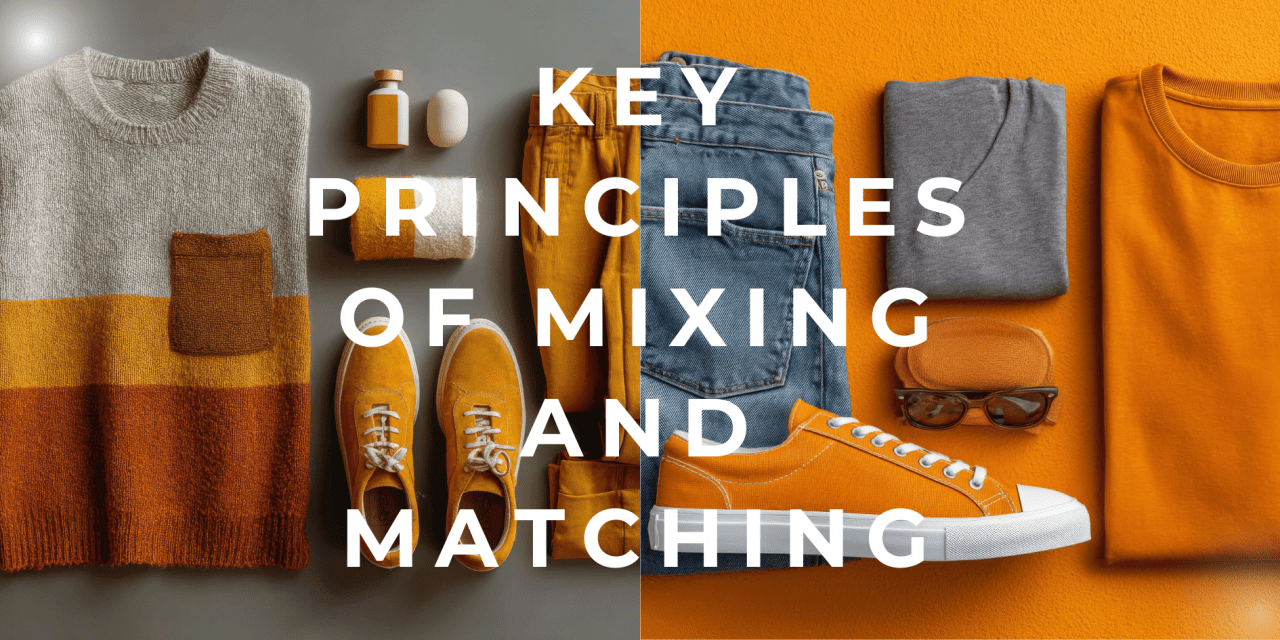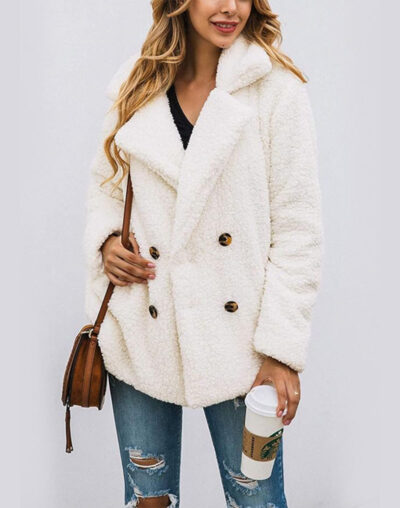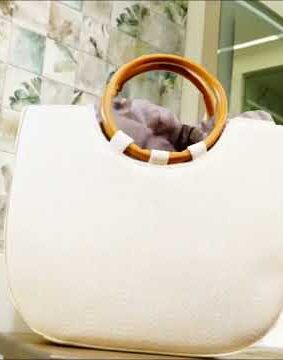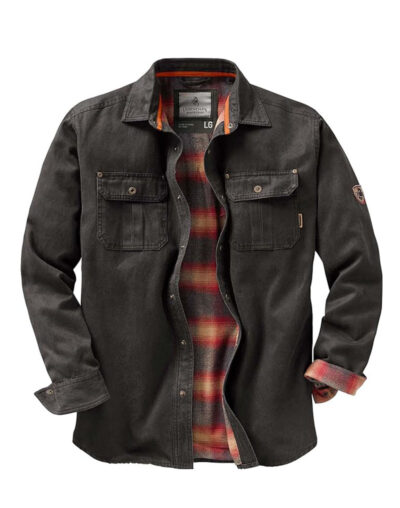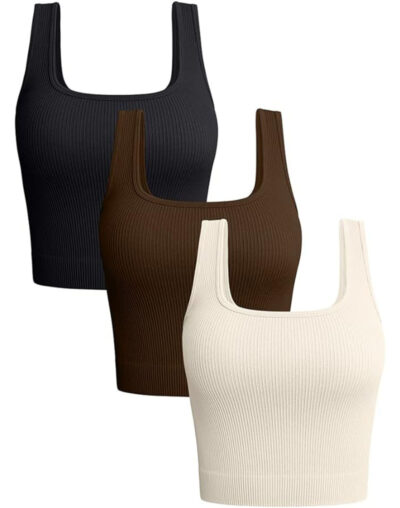Standing in front of the closet can sometimes feel like solving a puzzle with missing pieces. You’ve got clothes, but nothing seems to match—or so it feels. The secret is not about owning more, but about knowing how to combine what you already have.
Mixing and matching is a skill that makes your capsule wardrobe work harder for you. With just a few key principles, you can turn limited options into limitless outfits, proving that creativity matters more than quantity.
Color Coordination
Learning how to coordinate colors is the backbone of building versatile outfits. The 60-30-10 rule is a reliable way to strike balance.
Sixty percent of your look should feature a dominant color, often a neutral shade like beige, gray, or navy. Thirty percent introduces a complementary secondary color, such as burgundy or olive green, which adds depth without overwhelming the outfit. The final ten percent is reserved for a bold accent color—think teal earrings, a bright scarf, or even statement shoes.
Visual tools like Canva’s color wheel can help you experiment with palettes before trying them out in real life. By following this simple structure, you ensure that your outfits feel cohesive and stylish, not chaotic.
Fabric Compatibility
While colors catch the eye, fabrics determine comfort and practicality. Choosing fabrics that complement one another makes layering effortless and keeps your look season-appropriate.
Cotton is soft and breathable, making it the perfect base for everyday wear. Wool provides warmth without bulk, which works beautifully as a mid-layer during colder months. Denim adds durability and structure, serving as an outer layer that grounds your outfit. Sheer fabrics, such as chiffon or organza, add lightness and elegance, making them ideal for layering over solid bases when you want texture without extra weight. For example, layering a cotton tee under a wool sweater, topping it with a denim jacket, and finishing with a sheer scarf creates both comfort and dimension.
Using fabric swatch books or simply comparing textures side by side can help you visualize combinations before wearing them. The goal is to balance breathability with warmth, ensuring that your wardrobe looks good and feels good.
Conclusion
Mastering the principles of color coordination and fabric compatibility ensures your capsule wardrobe works to its full potential. A simple tee, a cozy sweater, and a pair of structured jeans can become countless outfits when styled with intention.
Instead of dreading the “nothing to wear” dilemma, you’ll find joy in creating new looks from familiar pieces. Mixing and matching isn’t just practical—it’s proof that personal style shines brightest when it’s smart and creative.
So, how will you experiment—by playing with bold accents or by perfecting your fabric pairings? Explore more smart styling tips at You’re In Style and turn your capsule wardrobe into a fashion playground.
